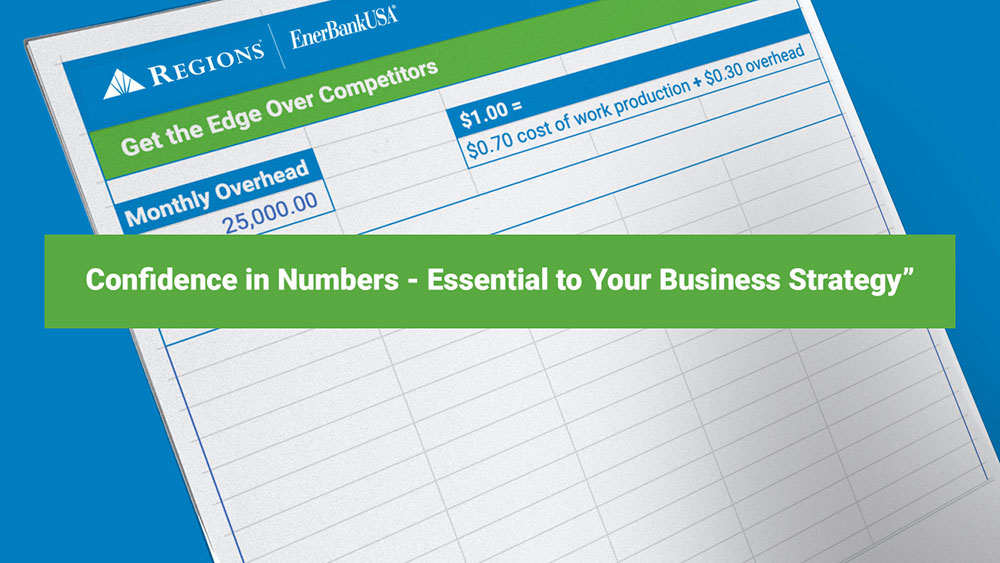Operational Plan – Creating a Business Plan

In our most recent post of this series, we went over the marketing section. In the operational plan portion of your business plan, you’ll explain how your business operates. There are a lot of moving parts to keep things functioning, and here is where you’ll detail them as well as any contingency plans you have in place. When writing your operational plan, here are some important details to keep in mind:
Brief History
Start with what you’ve done up until this point to get the business operational. Highlight important milestones and accomplishments you’ve already reached.
Production Workflow
Here, you’ll share a step-by-step explanation of how your product or service is made or accomplished. Don’t forget to include any risks that may affect your workflow and the plans you’ve put in place to help avoid them or provide safety education to your employees.
Supply Chains
You likely depend on many different suppliers when it comes to your materials. Include what they provide, what you’re paying them, and any details regarding the terms & conditions you have with them. There should also be a backup plan if your usual suppliers don’t have what you need.
Laws and Regulations
What steps have you taken to ensure that your business remains compliant with laws that apply to your industry? Include industry organizations you’re a part of and how your membership with them has affected the standards of your business.
This section should also include the day-to-day operations of your business, including:
- Location(s) of your business
- Type of building
- Line drawings
- Lease agreements
- Equipment
- What equipment do you use
- Quantity of equipment
- Financing plans
- Assets & Value
- Land
- Buildings
- Furniture
- Equipment
- Vehicles
- Special Requirements
- Unique details that apply to your industry
- Production Timeline
- Inventory Tracking
- General
- Outline of an average day
- Hours/months of operation
Putting this in writing is not only beneficial for your business plan, but also a great resource for those in your company to access and understand what makes the business run.
Watch for the next installment of this series, where we’ll discuss management and organization.
Blog Archives
No posts for Dec, 2024





